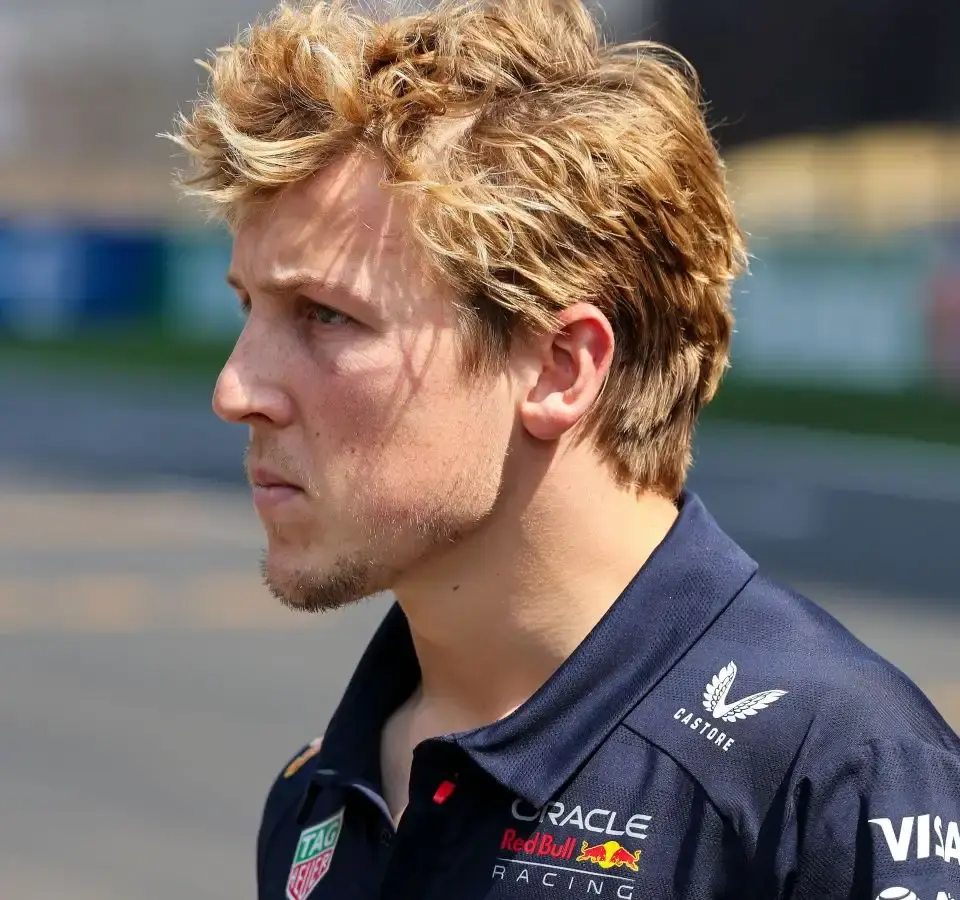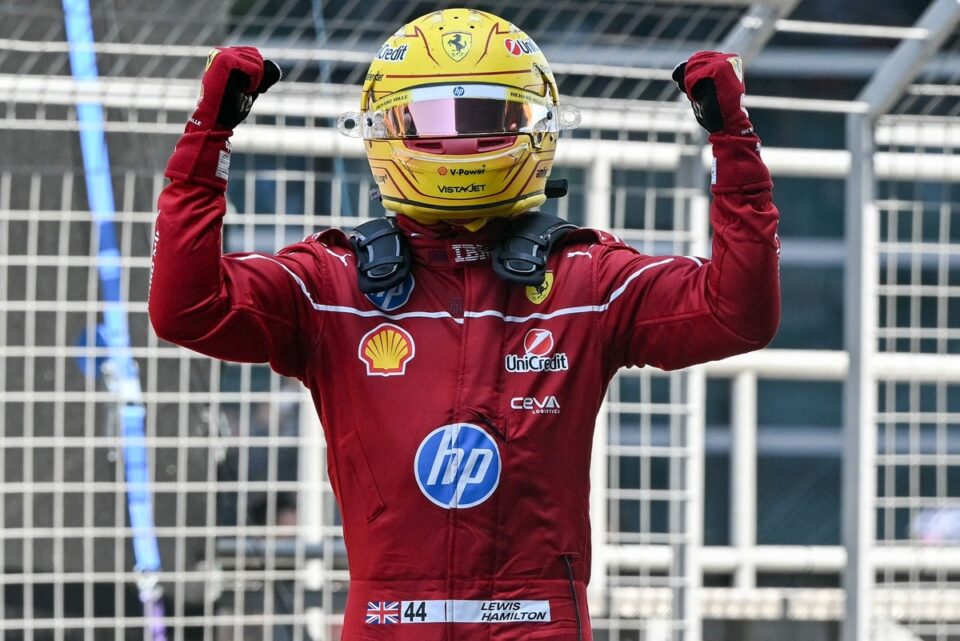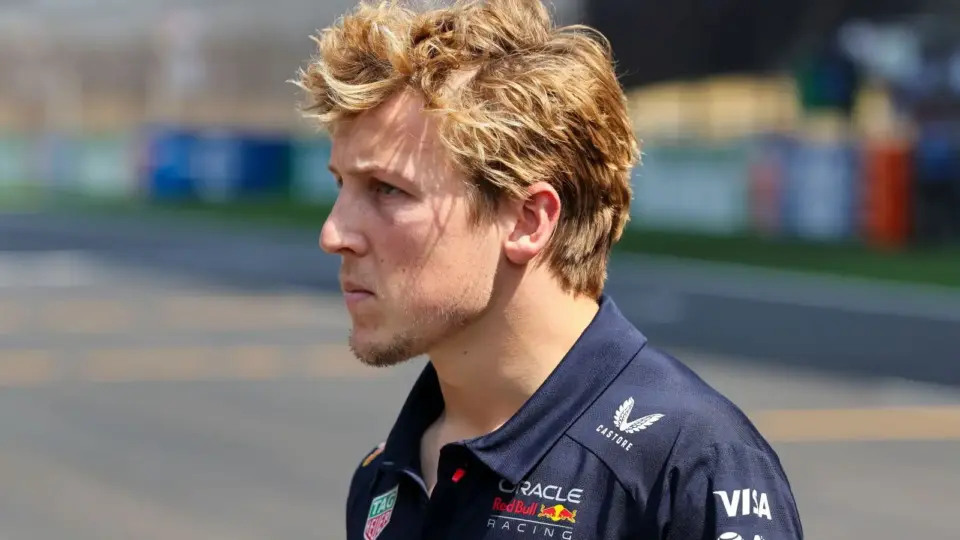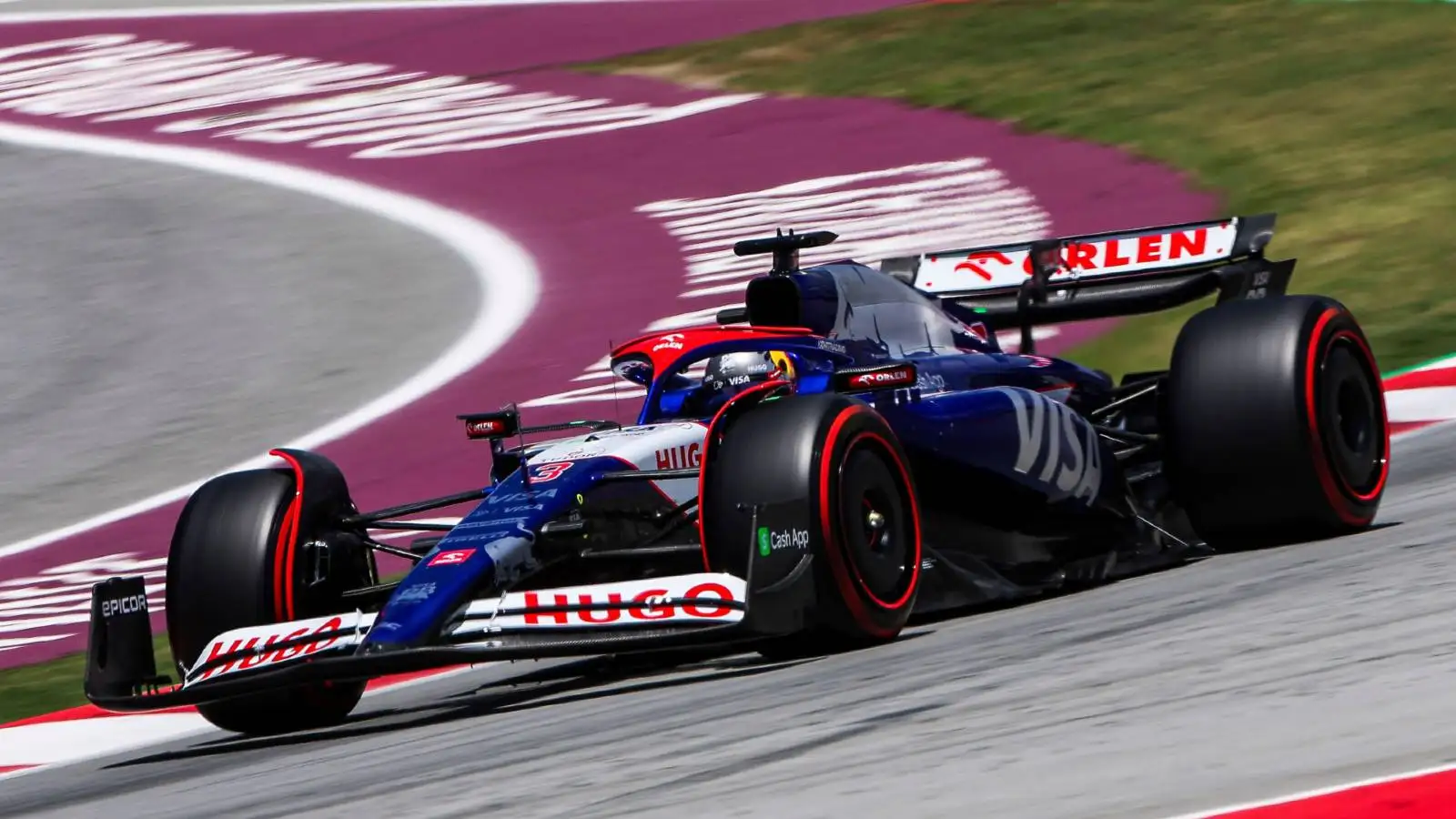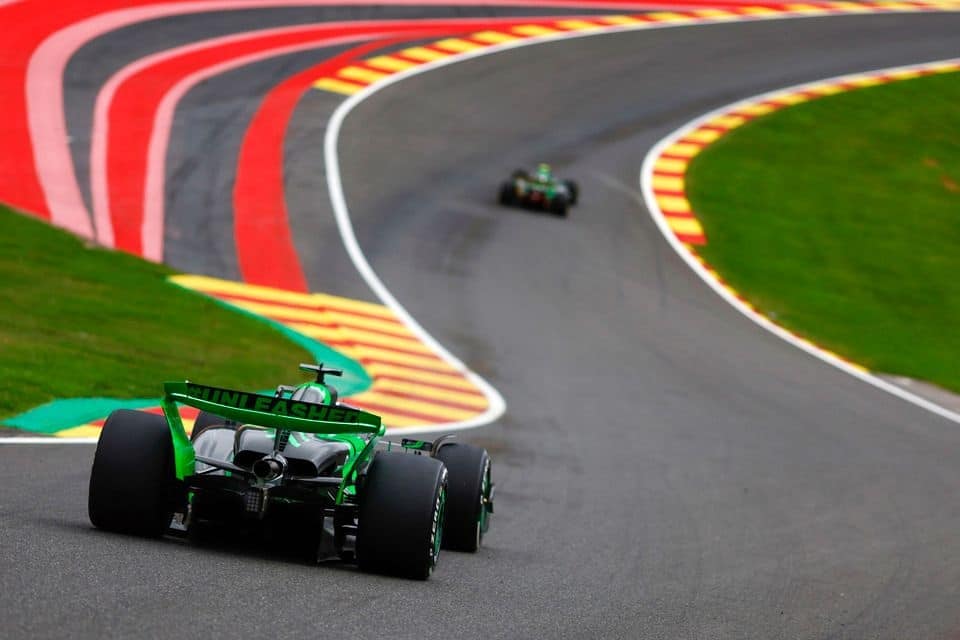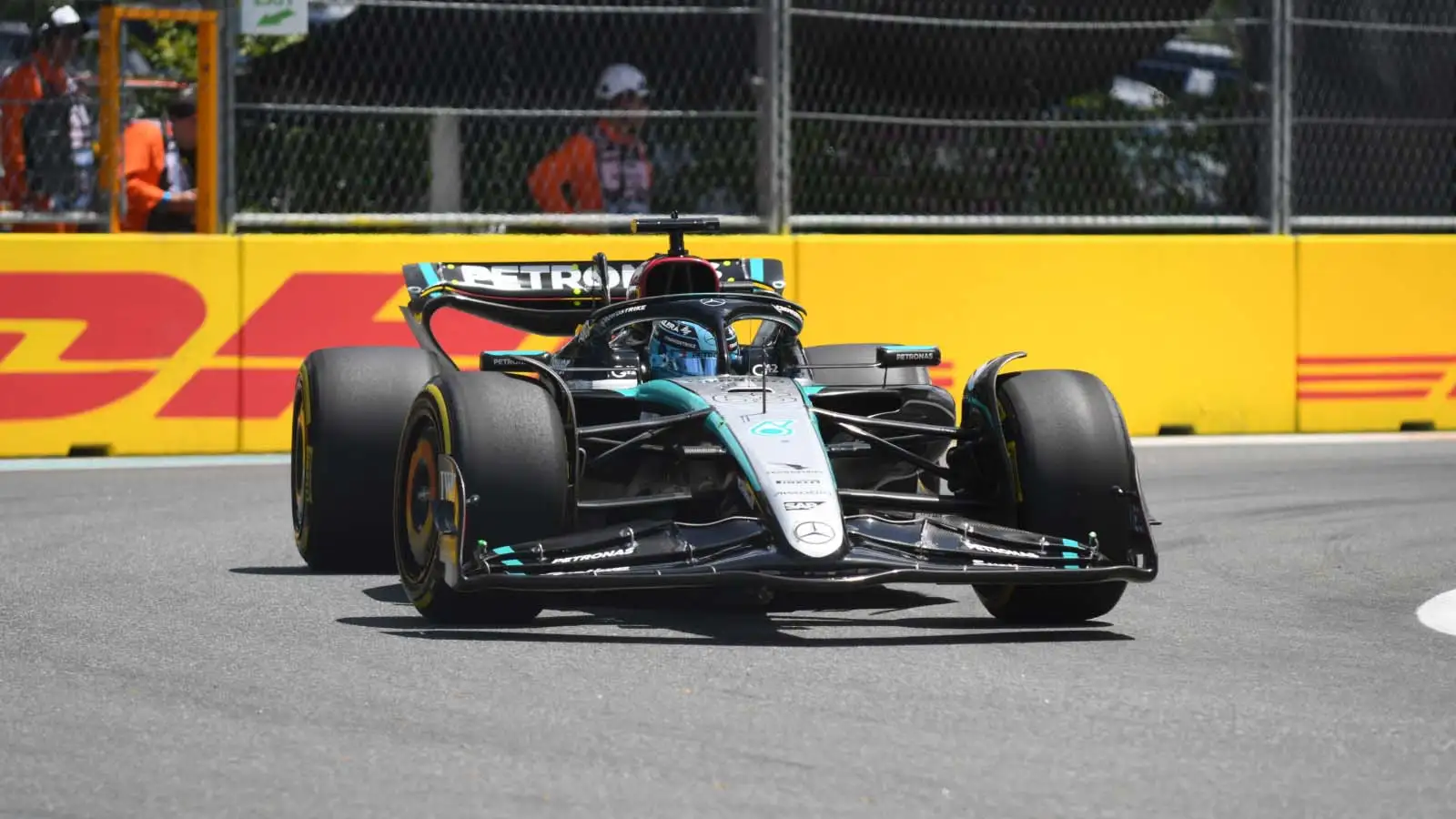Liam Lawson’s journey with Red Bull is hitting headlines. As speculation mounts, the racing world buzzes with theories about his potential demotion. The young driver has faced challenges, but what’s really going on behind the scenes?
While the F1 community watches closely, Lawson’s future hangs in balance. Negotiations are underway, and a crucial decision by Red Bull is imminent. Amidst this uncertainty, fellow racer Yuki Tsunoda’s name surfaces as a possible successor. Let’s dive deeper into this unfolding saga and uncover the truth.
Lawson’s Rocky Start in Red Bull
Liam Lawson entered the Red Bull F1 scene with high hopes, yet his debut has been anything but smooth. With a string of Q1 eliminations and no significant points, the young racer faces a turbulent start. Rumors swirl about a return to the junior Racing Bulls team, while Tsunoda might take his place. It’s a high-stakes game as negotiations continue and decisions loom.
One major point of contention is Lawson’s lack of a Testing of Previous Car (TPC) program. Critics compare this to Mercedes’ support for rookie Kimi Antonelli, who impressed with a structured introduction. Bernie Collins, a former McLaren strategist, questions why Lawson wasn’t afforded the same opportunity. Could this be the root of his struggles at Red Bull?
Brundle Weighs In on Red Bull Dynamics
Ex-F1 driver Martin Brundle did not hold back when analyzing Lawson’s recent performances. He noted ‘desperate’ driving at the Chinese Grand Prix and highlighted the immense pressure on Lawson and Jack Doohan at Alpine. He asserts the scrutiny these drivers face is unfair, yet he hints that changes might be on the horizon.
These insights from Brundle, respected for his keen analysis, add fuel to the fire. With intense racing and critical eyes watching, driver dynamics at Red Bull are undoubtedly under the microscope.
Tsunoda’s Red Bull Dreams and Zak Brown’s Comments
Zak Brown, McLaren Racing CEO, fired shots at Red Bull’s driver choices, suggesting Tsunoda should have replaced Sergio Perez instead of Lawson. Tsunoda, known for his calm demeanor, acknowledges Brown’s support but acknowledges that promotions are beyond his control. Brown’s comments, however, can’t be ignored.
This war of words opens a dialogue about Red Bull’s strategy. As Tsunoda finds himself pulled into the spotlight, the discussion about who truly deserves a Red Bull seat intensifies.
McLaren’s Triumph and Troubles in China
While Red Bull grapples with driver dilemmas, McLaren celebrates victories. Oscar Piastri’s win at the Chinese Grand Prix marked a high point, yet it wasn’t without challenges. Lando Norris wrestled with a brake issue through the race, which McLaren later identified as a leak.
Such hurdles remind us that victories are often forged in adversity. McLaren’s ability to find and fix problems is as crucial to their success as their race-day performance.
Even amidst triumphs, teams like McLaren understand the importance of continuous improvement. Addressing car issues ensures competitive edge and confidence among drivers.
Ferrari’s Double Dilemma and Hamilton’s Plight
Ferrari’s double disqualification in China was a harsh blow, disqualifying Charles Leclerc for an underweight car and citing Lewis Hamilton for excessive plank wear. Bernie Collins, weighing in, cites these recurring errors as breeding distrust within teams.
Such mishaps reflect broader challenges teams face in maintaining competitive performance. Hamilton’s unconventional strategy, ultimately falling short, highlights how even a small misstep can have significant consequences.
Understanding Red Bull’s Team Strategy
The complexity of team strategies, especially at Red Bull, often attracts criticism. Helmut Marko’s outspoken nature adds to the intrigue, as his comments on Lawson have bred speculation and debate.
As the team navigates this tricky landscape, balancing bold decisions with strategic foresight becomes pivotal. Lawson’s situation underscores the delicate nature of team selection at such high stakes.
Both fans and insiders are eager to see how these strategic decisions will unfold in the coming races.
The Role of Team Dynamics in F1 Success
Team dynamics in Formula 1 are as crucial as individual talent. The intense atmosphere requires not just skill but strategic thinking and unity. As Red Bull navigates its current challenges, team cohesion will prove vital.
Past events demonstrate how a collective focus can propel a team to the top. Synchronized effort among drivers, engineers, and strategists is essential for success.
Red Bull, with its rich history in F1, must leverage its strengths and address internal dynamics to maintain competitive edge.
Analyzing Potential Changes
As the racing season unfolds, potential shifts in team rosters capture attention. Speculation about Lawson’s role is a prime example of such shifts.
Team dynamics truly shape F1 outcomes. Whether changes occur or not, the ongoing discourse highlights how fluid and unpredictable the sport can be.
Looking Ahead in the 2025 Season
The 2025 F1 season promises more thrilling races and driver developments. With each race, the stakes rise as teams like Red Bull and McLaren aim to solidify their standings.
Fans eagerly anticipate who will rise and who might stumble. The season remains unpredictable, with twists likely around every corner.
The unfolding narrative surrounding Liam Lawson and Red Bull highlights the drama intrinsic to Formula 1. As the season progresses, every decision will be under intense scrutiny.
